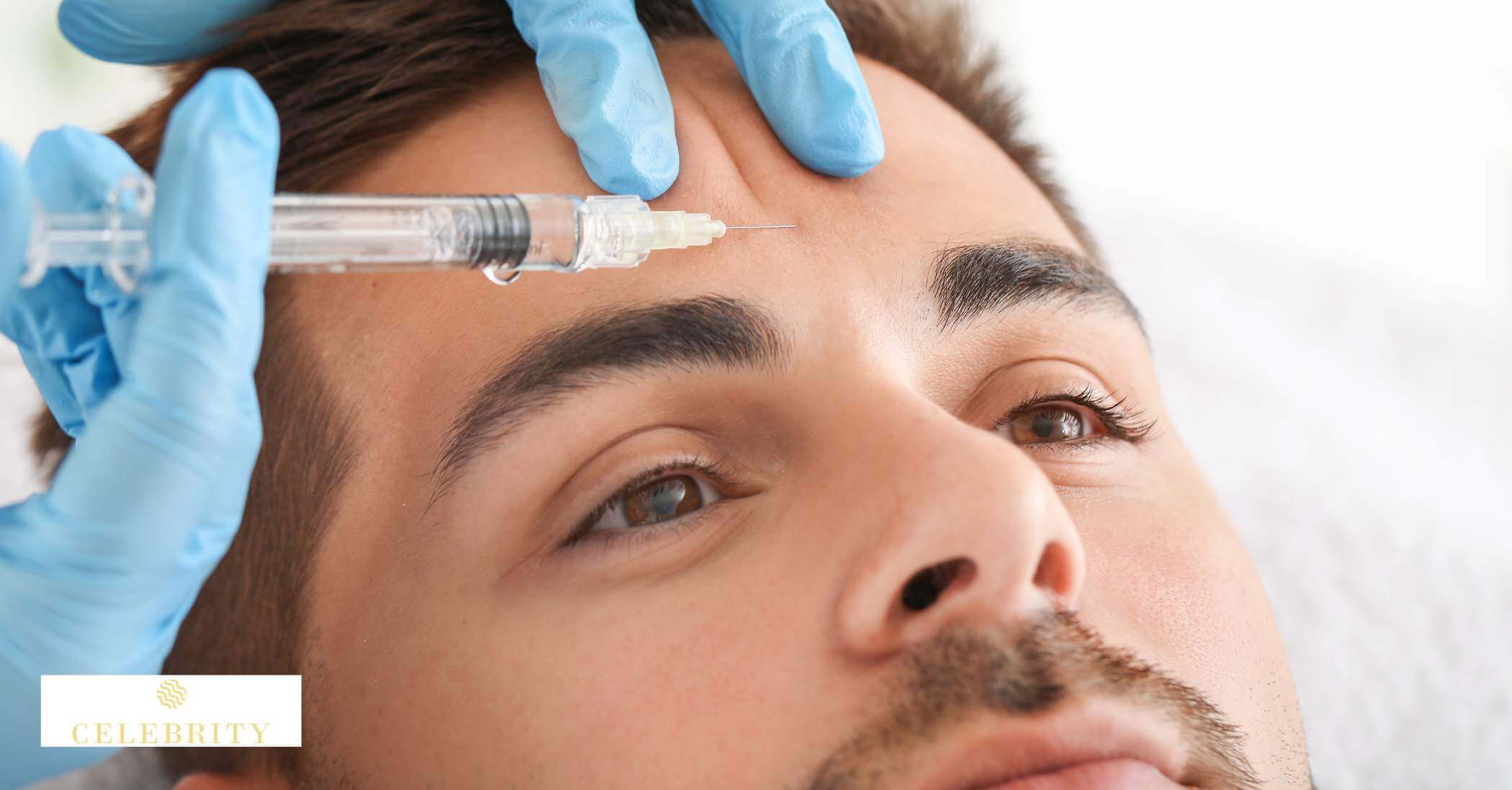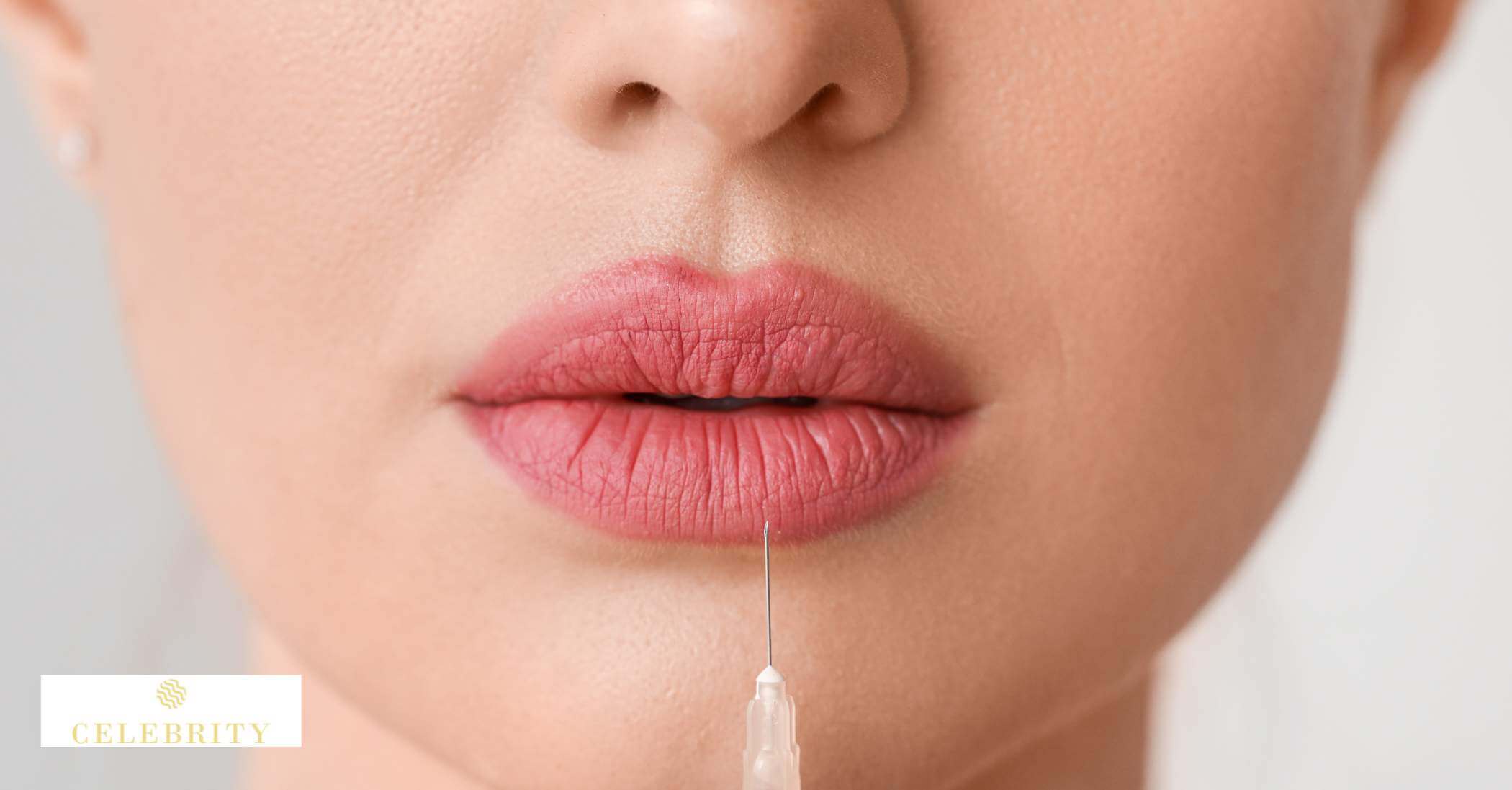Dermal fillers are a popular non-surgical option for restoring facial volume, smoothing wrinkles, and enhancing contours. These injectable treatments effectively address common signs of aging, including fine lines, lost volume, and wrinkles, particularly in areas like the cheeks, lips, and under the eyes.
By replenishing lost volume and minimizing wrinkles, dermal fillers provide a refreshed, youthful appearance without the need for surgery.
Dermal fillers come in two main types: temporary and semi-permanent, each offering unique benefits depending on longevity, customization, and specific skin concerns. Understanding the differences between these fillers can help you select the best option to achieve your beauty goals, whether you prefer a quick refresh or a longer-lasting result.

Temporary Fillers
Temporary dermal fillers, primarily composed of hyaluronic acid, are widely used non-surgical treatments for facial volume restoration and wrinkle reduction. Hyaluronic acid is a naturally occurring substance in the skin that helps retain moisture and maintain elasticity.
When applied as fillers, hyaluronic acid attracts water to the treated areas, creating a plumper and smoother appearance. These fillers are versatile and frequently used to restore facial volume, smooth out wrinkles, and enhance features like the lips, cheeks, and under-eye areas.
Hyaluronic acid-based fillers are well-regarded for their safety, as the substance is biocompatible and naturally present in the body, minimizing the risk of allergic reactions.
The effects of temporary fillers typically last 6 to 12 months, influenced by factors such as the treatment area, product type, and individual skin characteristics like metabolism. Results gradually diminish as the body absorbs the filler over time.
According to a survey, 80% of participants noticed improved appearance post-filler, 93% reported high satisfaction at 3 and 6 months, and 73% remained satisfied at 9 months. This impressive satisfaction rate encourages many first-time patients to opt for temporary fillers.
Pros of Temporary Fillers
Temporary dermal fillers, particularly those made from hyaluronic acid, are a popular choice for individuals seeking non-invasive cosmetic enhancements. Below are the key advantages of these fillers:
Minimally Invasive With Quick Recovery
One of the biggest advantages of temporary fillers is their minimally invasive nature. The procedure involves a few simple injections, making it quick and straightforward. Most people experience little to no downtime, allowing them to return to daily activities within hours.
Reversible Effects
Hyaluronic acid fillers offer the unique benefit of reversibility, providing flexibility for those hesitant about committing to permanent changes.
Can temporary fillers be dissolved if I don’t like the results?
Yes, temporary fillers can be dissolved if the results are unsatisfactory. By injecting hyaluronidase, the filler can be broken down and absorbed by the body within a few days. This reversibility makes temporary fillers a low-risk option for enhancing appearance while retaining the ability to correct or remove the filler as needed.
Natural-Looking Results
Hyaluronic acid fillers are renowned for delivering subtle, natural-looking enhancements. The filler mimics the body’s own hyaluronic acid, helping retain moisture and providing skin structure. This ensures enhanced facial volume and reduced wrinkles without an overdone or artificial appearance.
Collagen stimulation
In addition to immediate improvements, hyaluronic acid fillers stimulate the skin’s natural collagen production. Over time, this leads to better skin texture and elasticity, maintaining a youthful look even after the filler dissolves.
Cons of Temporary Fillers
While temporary fillers offer several benefits, there are some considerations:
Requires Regular Maintenance Treatments
Since temporary fillers typically last 6-12 months, follow-up treatments are necessary to maintain enhanced volume and wrinkle reduction. This requires a financial commitment and a willingness to undergo repeated procedures.
Potential for Temporary Side Effects
Although temporary fillers are generally safe, mild side effects such as swelling, bruising, or redness at the injection site may occur. These effects usually subside within a few days but can be inconvenient for some individuals.

Semi-Permanent Fillers
Semi-permanent fillers are made from materials like poly-L-lactic acid or calcium hydroxylapatite, both known for stimulating collagen production in the skin. These fillers provide longer-lasting results than temporary fillers, making them ideal for those seeking more durable enhancements with fewer touch-ups.
The effects of semi-permanent fillers typically last 12 to 18 months or even longer in some cases. They restore natural-looking volume and improve skin texture by stimulating collagen production, offering a youthful, refreshed appearance over time. This gradual improvement makes them an excellent choice for individuals seeking long-term results through non-surgical facial treatments.
Pros of Semi-Permanent Fillers
Semi-permanent fillers, like those containing poly-L-lactic acid or calcium hydroxylapatite, offer several distinct benefits:
Longer-Lasting Results
Results can last between 12 to 18 months, significantly reducing the need for frequent maintenance compared to temporary fillers.
Stimulates Collagen Production
These fillers not only restore immediate volume but also stimulate the skin’s natural collagen production. Over time, this process enhances the face’s overall structure and texture, delivering more natural-looking, durable outcomes.
Ideal for More Significant Volume Loss
Semi-permanent fillers are particularly effective for addressing deeper wrinkles or pronounced volume loss. They offer a substantial correction for areas like the cheeks, nasolabial folds, and jawline, providing a smoother and fuller appearance.
Cons of Semi-Permanent Fillers
Despite their benefits, semi-permanent fillers have some limitations:
Less Reversible
Unlike temporary fillers, semi-permanent options are not easily dissolved. Once injected, they are designed to remain in place for an extended period, making adjustments or removal more challenging.
Higher Risk of Complications
Due to their long-lasting nature, these fillers carry a greater risk of complications if not administered properly. Issues such as uneven results, infection, or lumps may occur, emphasizing the importance of choosing a skilled and qualified injector.
Higher Initial Cost
The upfront cost of semi-permanent fillers is higher than temporary fillers due to their complex formulation and extended longevity. However, this may balance out over time as fewer maintenance treatments are needed.
Comparative Analysis: What is the difference between temporary and semi-permanent fillers?
When deciding between temporary and semi-permanent dermal fillers, it’s essential to consider factors like area suitability, cost, and safety to make the best choice. Here’s a detailed comparison to guide your decision:
Temporary vs. Semi-Permanent Fillers | ||
| Feature | Temporary Fillers | Semi-Permanent Fillers |
| Composition | Hyaluronic Acid | Poly-L-Lactic Acid, CaHA |
| Longevity | 6-12 Months | + 12-18 Months |
| Best Uses | Lips, Fine Lines | Deep Folds, Volume Loss |
| Cost | Lower, More Frequent | Higher, Less Frequent |
| Recovery | Quick | Quick |
| Reversibility | Reversible, Can Be Dissolved | Less Reversible |
| Side Effects | Swelling, Redness, Bruising | Swelling, Redness, Bruising |
| Collagen Boost | Limited | Stimulates Collagen |
| Area Suitability | Lips, Fine Lines | Deep Folds, Volume Loss |
Suitability for Different Areas
Temporary Fillers:
- Best for subtle enhancements like lips and superficial wrinkles.
- Ideal for areas needing light volume or quick touch-ups.
Semi-Permanent Fillers:
- Better for deeper facial folds and volume restoration, such as cheeks, nasolabial folds, and chin.
- Suitable for areas requiring more substantial, long-lasting corrections.
Cost Considerations
Temporary Fillers:
- Offer a lower upfront cost but require frequent treatments for maintenance.
- Over time, the cumulative cost of regular touch-ups can add up.
Semi-Permanent Fillers:
- Have a higher initial cost but require fewer treatments.
- Their longevity makes them more cost-effective in the long run.
Safety and Side Effects
Both types of fillers share some common side effects, but each has unique considerations:
- Common Side Effects (Both): Redness, swelling, and bruising, which typically subside within a few days. Mild tenderness or lumps may also appear but usually resolve naturally.
- Temporary Fillers:
- Low risk of severe complications.
- Rare allergic reactions or temporary puffiness may occur but are generally mild.
- Semi-Permanent Fillers:
- Higher risk of complications if improperly administered.
- Potential issues include uneven results or difficulty adjusting the filler.
- Collagen stimulation may sometimes alter skin texture.

Which filler type is best for lip augmentation?
For lip enhancement, hyaluronic acid-based temporary fillers are the top choice. They provide natural volume and shape, delivering smooth, youthful lips while maintaining a soft, natural appearance.
Key benefits include:
- Reversibility: Temporary fillers can be adjusted or dissolved if needed, making them a flexible and low-risk option.
- Customizable Results: They allow for precise enhancements tailored to individual preferences.
- Hyaluronic Acid Benefits: This substance helps retain moisture and elasticity, contributing to smoother and more hydrated lips, making it ideal for subtle and natural-looking results.
Making the Right Choice
Choosing between temporary and semi-permanent fillers depends on several factors, including your desired results, budget, and risk tolerance.
- Temporary fillers are an excellent option for those seeking subtle, short-term enhancements and flexibility.
- Semi-permanent fillers are better suited for individuals looking for long-lasting results and more pronounced changes.
Your facial anatomy and aesthetic goals play a significant role in determining the most suitable treatment. Consulting a qualified medical professional ensures you receive personalized recommendations tailored to your unique needs. An experienced practitioner will evaluate your goals, discuss options, and create a plan designed to achieve your desired look safely and effectively.
Ready to enhance your appearance with dermal fillers? Schedule an appointment with Celebrity Laser Care for expert advice and safe, effective treatments. Let us help you achieve your aesthetic goals with confidence!
Conclusion
Understanding the distinctions between temporary and semi-permanent fillers is vital for making informed choices. Temporary fillers, typically made from hyaluronic acid, deliver shorter-term results but are minimally invasive and reversible.
In contrast, semi-permanent fillers, such as those containing Poly-L-lactic acid or calcium hydroxylapatite, offer longer-lasting outcomes, stimulate collagen production, and require fewer touch-ups. However, they are less reversible and come with a higher upfront cost.
Seeking professional advice is key to identifying the best option for your unique needs. A qualified medical professional can provide tailored recommendations aligned with your goals, budget, and facial anatomy.
For expert insights and customized treatment plans, schedule a consultation with Celebrity Laser Care today. Explore the best uses for dermal fillers and achieve your desired look with confidence.


